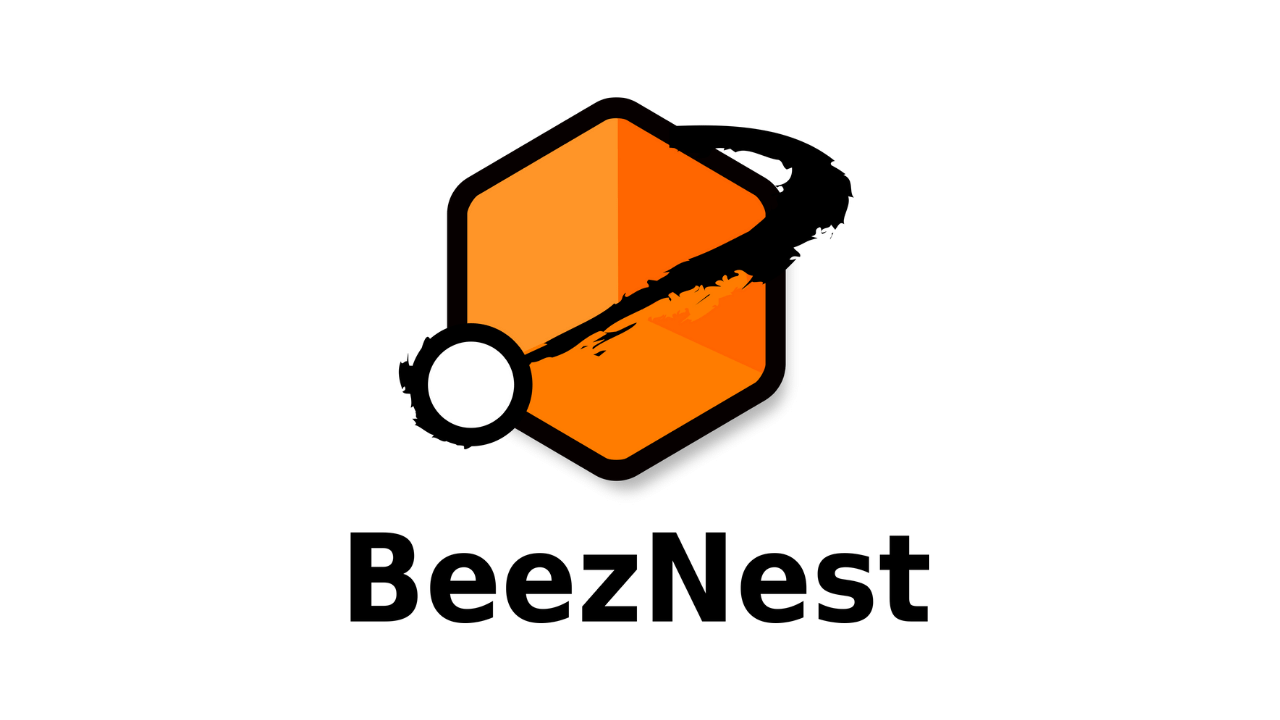In one of my parallel tasks, I have been asked to help tuning an OTRS installation for a small belgian association. Although I'm generally trying to avoid getting into Perl applications, this was part of a more complete service and, having a bit of experience in Perl (from 4 years ago) I decided to go for it.
Not really wanting to start a flame wars here, I think it can be said that OTRS has most of the critical flaws a bad Perl application has:
- not well documented (code-wise) - it takes hours to actually find where the configuration file is and that it's actually partially overwritten by another configuration file. And so does it to understand how the Interface module calls the configuration file to display a page that is setup partially in each configuration file.
- the coding style uses a lot of Perl "features" that make it practically impossible for a non-Perl developer to understand what such function is actually supposed to do
- the resulting user interface lacks a usability touch, which makes it very impractical to use
- bin
- cgi-bin
- fcgi-bin
- doc
- Kernel
- Config
- cpan-lib
- Language
- Modules
- Output
- System
- scripts
- auto-build
- database
- test
- tools
- var
- [misc stuff]
- otrs/Kernel/Config/Defaults.pm
- otrs/Kernel/Config/files/ZZZAAuto.pm
[ 'UserEmail', 'Email', 'email', 1, 1, 'var', '', 0 ],As commented on the first line of this Map, the 1,1, part means the field is visible *and* mandatory. Just change the second 1 for a 0 and you should be set with the e-mail address field being mandatory. That was easy. Be careful not to comment this setting out though, as this would result in the field becoming invisible for most parts of the application. Second, we want the login to be generated automatically. Just above this CustomerUser map, you will find the following lines:
# generate auto logins # AutoLoginCreation => 0, # generate auto login prefix # AutoLoginCreationPrefix => 'auto',Make sure you change it for this:
# generate auto logins AutoLoginCreation => 1, # generate auto login prefix AutoLoginCreationPrefix => 'auto',And you should have auto-generated logins now. Now because you know you're never going to want to actually enter this login manually, modify the map below to hide this field
[ 'UserLogin', 'Username', 'login', 0, 0, 'var', '', 0 ],Finally, we want the customer ID to be automatically generated. This is a bit more complex. We will need to customize the code a little bit. First, add an additional setting next to AutoLoginCreation, something like:
AutoCustomerIDCreation => 1,Then move to the Kernel/System/CustomerUser/DB.pm and find the CustomerUserAdd method (around line 300). Add a section like follows:
if (!$Param{UserCustomerID}) { if($Self->{CustomerUserMap}->{AutoCustomerIDCreation}) { my $SQL = "SELECT MAX(customer_id) FROM $Self->{CustomerTable}"; $Self->{DBObject}->Prepare(SQL => $SQL); my @Row = $Self->{DBObject}->FetchrowArray(); $Param{UserCustomerID} = sprintf("%08d",$Row[0]+1); } else { $Self->{LogObject}->Log(Priority => 'error', Message => "Need CustomerID!"); return; } }I've let a deliberate laziness mistake here. This code will cause problems if more than one person is adding a client at the same time. There is no concurrent access prevention, which means that two employees entering a new customer at the exact same time will generate the same CustomerID. In the case above, the newly generated customer ID will look like "00000017" (always 8 digits) and will increment each new customer ID of 1. Obviously, you will need to make sure that if you have some data in your database already, it respects this new numbering. Otherwise, you're in for a big surprise while trying to find out in a lot of particularly fine ways why the customer data doesn't show in one ticket... On a side note, you might find useful to know that logging errors in the Apache log can be done through a call like this one (pretty much anywhere in a class):
$Self->{LogObject}->Log(Priority => 'error', Message => "Need UserLogin!");Also, if you want to dump a hash, you might want to load the Data::Dumper library and then use Dump(%onehash):
use Data::Dumper; ... $Self->{LogObject}->Log(Priority => 'error', Message => Dump(%onehash));I hope this was useful. It certainly would have been to me, but the documentation on the OTRS website seems mostly geared towards interface-administrators...


Comments
Not sure if it is the same in otrs 2.x, but in 3.x you should not edit the Defaults.pm file, instead, copy the configuration block that you wish to change to /Kernel/Config.pm and then make the edits there, so they do not get overwritten by the (frequent) OTRS update releases.